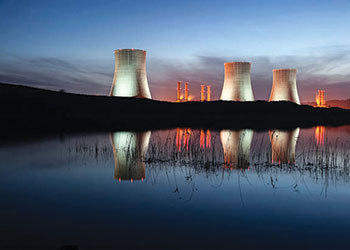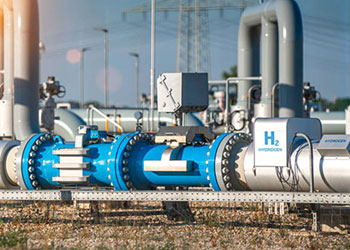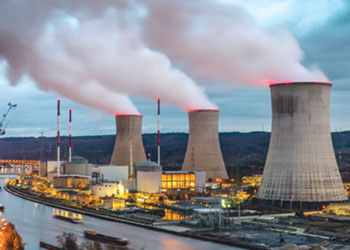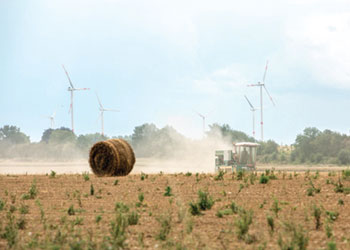
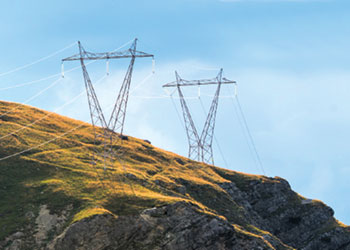 World must boost power grid spending
World must boost power grid spending
Efforts to tackle climate change and ensure reliable supplies of electricity could be put at risk unless policy makers and companies quickly take action to improve and expand the world’s electricity grids, according to an IEA report.
Grids have formed the backbone of electricity systems for more than a century, delivering power to homes, factories, offices and hospitals – and their importance is only set to rise as electricity’s role in energy systems increases.
Over the past five decades the electricity grid has experienced continuous growth, at a rate of about 1 million km per year.
The majority of this expansion has occurred in distribution grids, which account for about 93 per cent of the total length.
They are essential as they form the last mile to the majority of customers, and they need to expand to bring electricity access to more people and to meet demand growth. Transmission lines constitute the remaining 7 per cent of the grid's total length.
But the new report, Electricity Grids and Secure Energy Transitions, finds signs they are not keeping pace with the rapid growth of key clean energy technologies such as solar, wind, electric cars and heat pumps.
Without greater policy attention and investment, shortfalls in the reach and quality of grid infrastructure could put the goal of limiting global warming to 1.5 deg C out of reach and undermine energy security, the report warns.
Achieving all national climate and energy goals will require adding or replacing 80 million kilometres of power lines by 2040, an amount equal to the entire existing global grid, according to a detailed country-by-country analysis carried out for the report.
Major changes to how grids operate and are regulated are also essential, while annual investment in grids, which has remained broadly stagnant, needs to double to more than $600 billion a year by 2030.



















































































